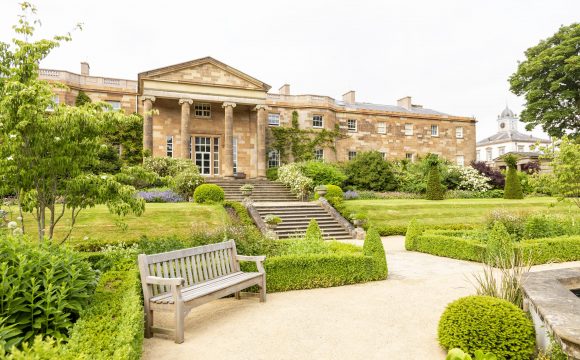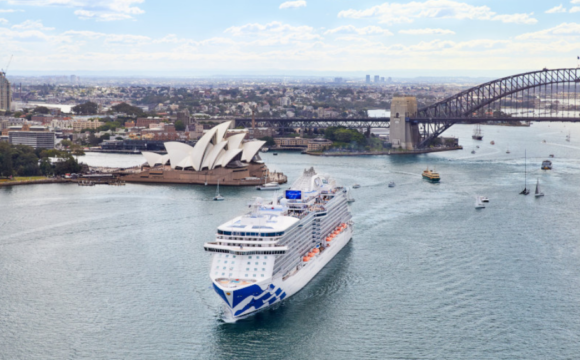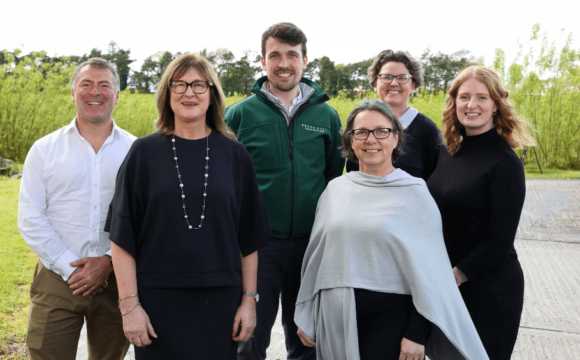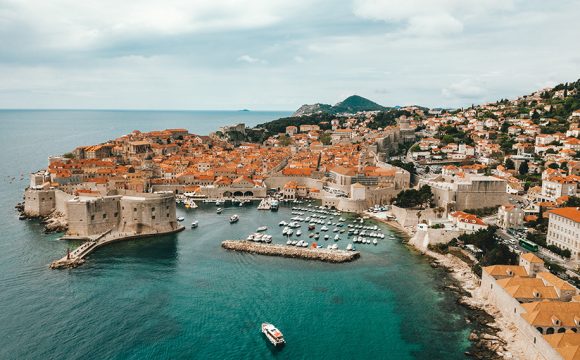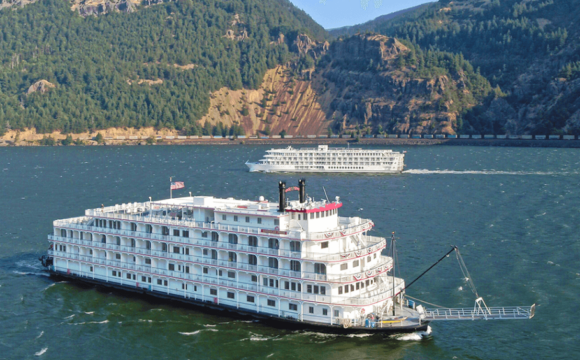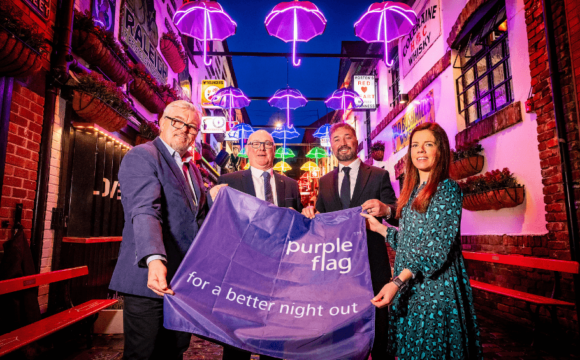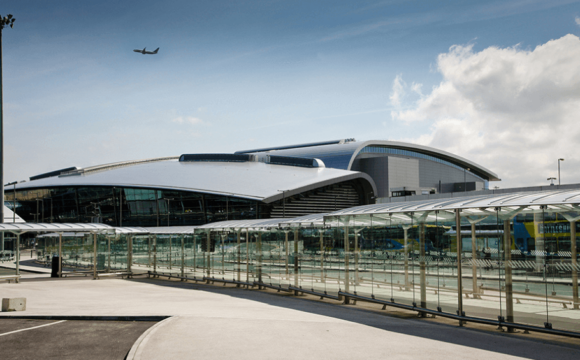Heritage tourism offers travellers the chance to experience the places, artefacts and activities that authentically represent the stories and people of the past and present. Whilst many travellers love trying new foods and seeing famous monuments, exploring and understanding local heritage and exploring new cultures will often provide the most worthwhile travel experiences. Please see below a round up of ways travellers can explore heritage tourism around the world from tasting delicious Ainu dishes in Japan to visiting cultural Native American museums to having your go on outrigger canoes used by Indigenous Polynesian people in The Islands of Tahiti.
JAPAN
Ainu culture found around Japan
National Ainu Museums
The Ainu are indigenous people from the northern region of the Japanese archipelago, particularly Hokkaido. The name “Ainu” is derived from the word aynu, which means “human being” in the Ainu language. The Ainu language, culture, and history are distinct from those of Wajin (ethnic Japanese), the ethnic majority in Japan. In 2020, Upopoy, the first National Ainu Museum opened in Hokkaido. The museum’s objectives are to build a society where Ainu pride is recognised, raise awareness of Ainu history and culture, and help to forge a future for Ainu culture. Exhibitions are designed to explore Ainu history and culture from an Ainu perspective. The museum hosts a large-scale open-air facility providing authentic experiences of traditional cuisine, song, craft and more with exhibits in the permanent exhibition room exploring six core themes from an Ainu perspective: Language, Universe, Lives, History, Work, and Exchange.
Ainu Food and Drink
For those visiting Tokyo can consume the Ainu culture at the izakaya (eatery/bar) Harukor, which serves up traditional Ainu dishes, alongside snapshots of history and, occasionally, authentic Ainu music recitals – courtesy of Usa, whose grandmother was indigenous Ainu. Elsewhere, Kerapirka in Sapporo, Hokkaido, serves delicious Ainu-Italian fusion food.
Ainu film
Takeshi Fukunaga is a film director from Hokkaido, his second feature film, Ainu Mosir, follows an indigenous Ainu teenager in Hokkaido as his community tries to preserve its cultural identity. Fukunaga was selected to develop the film with the support of the Cannes Festival’s Cinéfondation and the Sam Spiegel International Film Lab. For those who want to get a taste for the Ainu culture visit Poronno, a cafe near Lake Akan, where Ainu Mosir was filmed, serving Ainu cuisine.
New Hotel KAI Poroto Ryokan due to open 2022
KAI Poroto ryokan, designed by architect, Hiroshi Nakamura, is due to open in early 2022 providing access to authentic Ainu experiences. Shiraoi onsen water can be enjoyed at this property, where the water contains organic minerals derived from plants and is known as “moor spring”. This type of water is rare throughout the world. KAI Poroto faces the shores of Lake Poroto, surrounded by the natural forests of Hokkaido, where the wild birds live. All guest rooms will have a lake view, where the change in scenery with season can be enjoyed. KAI’s aim is to offer Japanese hospitality that can only be experienced in that town or city, and during that season, as well as to give guests a comfortable experience in a Japanese-style accommodation. At KAI Poroto, they are set to offer a completely new experience tied to Ainu culture in collaboration with the Upopoy National Ainu Museum and Park currently in development in Shiraoi.
Shirakawa-go and Gokayama, Three-Star Road
Shirakawa-go and Gokayama are remote regions in the mountains of Gifu and Toyama Prefectures, famous for their solid houses built in the gassho zukuri architecture style. Declared a UNESCO world heritage site in 1995, they are famous for their traditional gassho-zukuri farmhouses, some of which are more than 250 years old. Gassho-zukuri means “constructed like hands in prayer”, as the farmhouses’ steep thatched roofs resemble the hands of Buddhist monks pressed together in prayer. The architectural style developed over many generations and is designed to withstand the large amounts of heavy snow that falls in the region during winter. The roofs, made without nails, provided a large attic space used for cultivating silkworms.
The Islands of Tahiti
Explore age-old Polynesian outrigger canoes in The Islands of Tahiti
Tahitians are the Indigenous Polynesian people of Tahiti and thirteen other Society Islands in French Polynesia, as well as the modern population of these lands of multiracial, primarily Polynesian-French, ancestry. Indigenous Tahitians are one of the largest Polynesian ethnic groups, behind the Māori, Samoans and Hawaiians. The first Polynesian settlers arrived in Tahiti around 400AD. Over the period of half a century there was much inter-island relations with trade, marriages and Polynesian expansion with the Islands of Hawaii and through to Rapanui. The original Tahitians cleared land for cultivation on the fertile volcanic soils and built fishing canoes. Today visitors to the islands can embrace the Indigenous Tahitian culture and learn the skill of sailing a Va’a, the age-old Polynesian outrigger canoe, by taking multi-day lessons or by enjoying an afternoon jaunt at Va’a Spirit on Moorea or Tahiti Va’a. Originally, these canoes enabled the islanders to settle a vast expanse of the South Pacific. They sailed the breadth of the Polynesian Triangle by celestial navigation more than 1,000 years ago.
Sacred site Taputapuatea marae
Located on the beautiful island of Raiatea, the second largest economic centre in The Islands of Tahiti, the Taputapuatea marae site was the location of ancient religious and social ceremonies, where native Polynesians would place hundreds of stones, believed to hold Mana, a source of spiritual strength and power, around this sacred site. The site lies directly adjacent to the turquoise waters of the South Pacific on the southeast side of Raiatea. Its dark stones arranged to form a terrace that stands out against the serene tropical backdrop. Small tiki statues are also scattered throughout the site with larger boulders standing vertically.
USA
California
Many diverse cultures have shaped California across the centuries, beginning with the Native Americans, whose influence lives on today in communities across the Golden State. California’s many federally recognised tribes, from the Kumeyaay in San Diego to the Yurok in the Klamath Basin, celebrate this rich heritage by creating a variety of educational museums, events and programmes throughout the year.
Santa Barbara & Los Angeles County
The Autry Museum of the American West’s American Indian Arts Marketplace in Los Angeles, is the largest annual Native arts fair in Southern California. It features 200 Native American artists offering everything from sculpture and mixed-media works to plays.
Santa Barbara pays tribute to the Chumash Indians at the Santa Barbara Museum of Natural History with the Chumash Indian Hall exhibition, one of the largest collections of Chumash artifacts in the world. Tribal members and descendants make a 21-mile journey each September in an authentic tomol across to the Channel Islands National Park, where visitors greet them in a former Chumash village. Learn more about the tribe’s history at the Santa Barbara Maritime Museum, which includes an authentic tomol.
SLO CAL
Along California’s Central Coast, in San Luis Obispo county, lies Morro Bay. Morro Bay’s Museum of Natural History features a full-sized replica of a Salinan tule boat, which were used for hunting and fishing, and offers educational talks. On the coast, the iconic Morro Rock is a California Historical Landmark that only the Salinan Indian Tribe of Monterey and San Luis Obispo counties are allowed to climb. Indigenous to the Central Coast, the Salinan Tribe has been climbing Morro Rock twice a year for centuries to perform religious ceremonies.
San Diego
San Diego’s Barona Cultural Center & Museum – the city’s only museum on an Indian reservation dedicated to the perpetuation and presentation of the local Native American culture – displays handmade pottery, reed baskets, paintings, arrowheads and other artifacts dating as far back as 10,000 years. Other museums including Native American history include the Museum of Man, the Heritage of the Americas Museum and the Sycuan Cultural Resource Center and Museum.
Greater Palm Springs
www.visitgreaterpalmsprings.com
The Agua Caliente Cultural Museum in Palm Springs – the first Native American museum to be part of the Smithsonian Institution Affiliations Program – aims to inspire people to learn about the Agua Caliente Band of Cahuilla Indians and other Native cultures through exhibitions, collections, research and educational programs. Cultural events include Native storytelling, traditional bird singing and dancing, as well as a three-day film festival. Hikers can also explore the tribe’s heritage at Indian Canyons park, where tribal rangers guide guests and talk about the area’s history, flora and fauna.
Sacramento
Steeped in culture and tradition, Sacramento’s Annual Native American Day is devoted to maintaining Native culture, including stories, languages, and traditions for today and for future generations. Held every September, guests will enjoy free cultural demonstrations, compelling guest speakers, the Tule River Color Guard, traditional games, music and dancing. Visitors should stop by the State Indian Museum, located in downtown Sacramento. The museum opened in 1940 and depicts three major themes of California Indian life: Nature, Spirit and Family. All of the exhibits and photographs on display in the museum are presented with respect for those who lived and continue to live in California communities today. The museum’s store has for Native-made jewellery, gourds, hand-crafted dolls, baskets, soapstone carvings, and the area’s largest selection of California Indian books.
Yosemite Mariposa
The Southern Sierra Miwuk Nation people were one of the original tribes of Yosemite National Park and surrounding areas. Archeological evidence shows Native Americans living in Yosemite Valley for 5,500 years, sustained by the natural resources provided by this unique environment. While their plight has been difficult thanks to violent dispossession, relocation, and economic disadvantage, many Southern Sierra Miwuk still reside in Yosemite Mariposa County, and this extraordinary landscape continues to be the heart of their tradition, spirit and culture. Visitors can engage with Miwuk culture and history in current-day Yosemite National Park and Mariposa County by checking out the Mariposa Museum and History Center located in downtown Mariposa. Founded in 1957, the museum houses an array of exhibits interpreting Native American life in Yosemite Mariposa, which includes the Mono, Paiute and Miwuk tribes. In the park itself, visitors will notice many of the iconic place names are derived Miwuk words. The Indian Village of the Ahwahnee in the centre of the valley lets visitors explore a cluster of demonstration buildings that show traditional native structures including a ceremonial roundhouse, sweat lodge and Chief’s House.
AUSTRALIA
Australia’s indigenous culture
Experiencing Australia’s indigenous culture is a special part of any itinerary and in the Northern Territory ancient rock art, dating back 20,000 years, can be best seen in Arnhemland and Kakadu National Park. It makes the artwork one of the longest historical records of any group of people on Earth. Capturing and preserving cultural stories through art is just as important today and the Telstra National Aboriginal and this year’s Torres Strait Islanders Art Awards (NATSIAA’s) features an incredible range of outstanding artwork, by some of Australia’s best emerging indigenous artists, celebrating culture and country. In it’s 38th year, the awards are Australia’s longest running and most prestigious and the 65 powerful new works can be viewed in person at Darwin’s Museum & Art Gallery Northern Territory and online here from 7 August 2021 until 6 February 2022.





